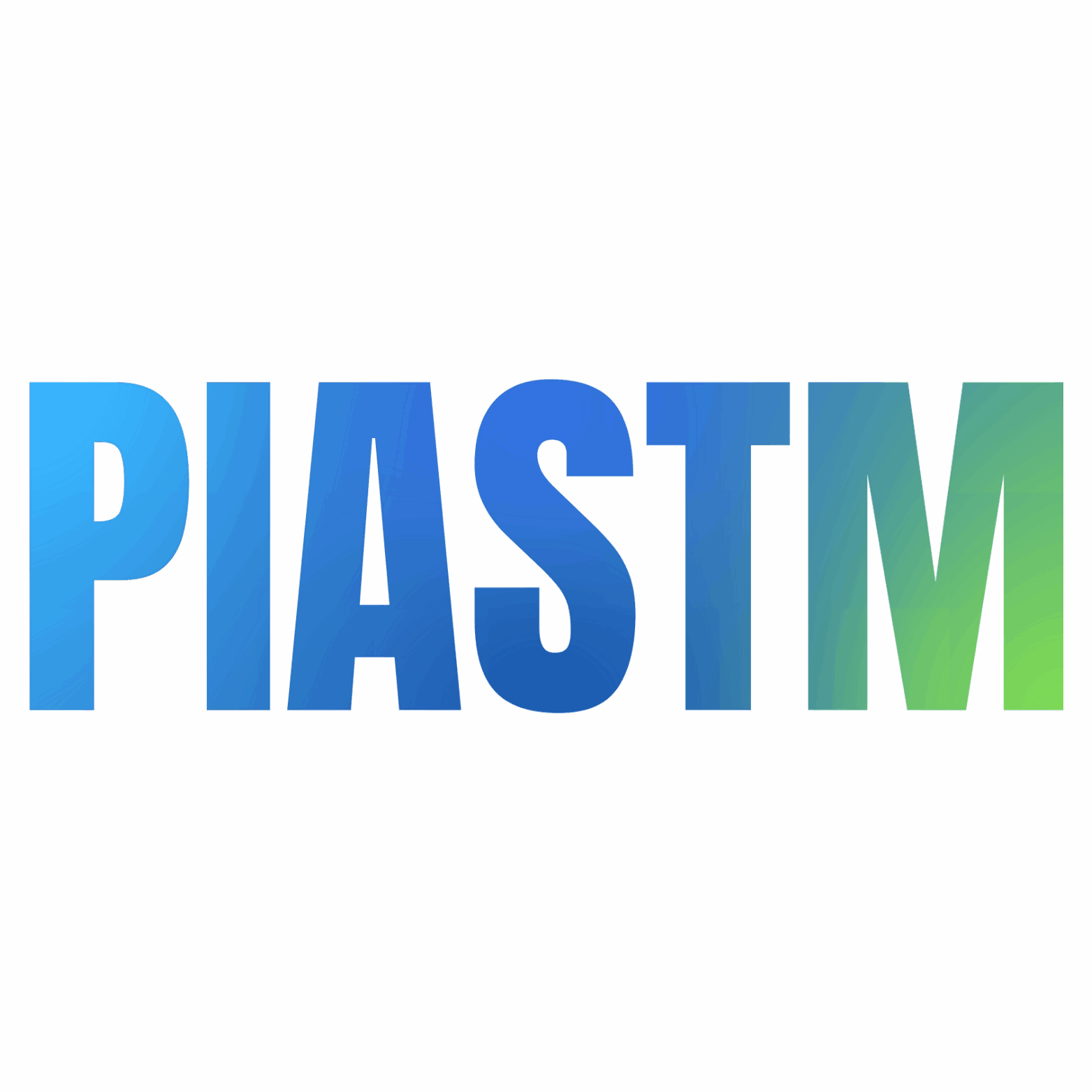PIASTM Therapy: A Promising Approach for Erb’s Palsy Management
Erb’s Palsy, also known as Brachial Plexus Birth Palsy, is a condition that affects the nerves in the shoulder region, often resulting in weakness or paralysis of the arm. It typically occurs during childbirth due to excessive stretching or trauma to the brachial plexus, a network of nerves that control movement and sensation in the arm and hand. While Erb’s Palsy can vary in severity, it can significantly impact an individual’s quality of life, particularly in terms of mobility and function of the affected limb.
In the management of Erb’s Palsy, a multidisciplinary approach is often necessary, involving various therapeutic interventions aimed at improving range of motion, strength, and functional abilities. One such intervention that has shown promise is PIASTM (Paediatric Instrument-Assisted Soft Tissue Mobilization) Therapy, pioneered by Kanu Kaushik, a renowned expert in manual therapy and rehabilitation.
Understanding PIASTM Therapy:
PIASTM Therapy is a specialized form of manual therapy that utilizes instrument to apply precise pressure and movement to soft tissues, including muscles, tendons, and ligaments. The goal of PIASTM is to identify and address areas of tissue dysfunction, such as scar tissue adhesions or fascial restrictions, that may be contributing to pain, limited range of motion, or functional impairment.
Key Principles of PIASTM Therapy:
-
Targeted Soft Tissue Mobilization: PIASTM techniques focus on mobilizing soft tissues in a targeted manner, aiming to restore normal tissue texture and mobility. By applying controlled pressure with specialized instrument called as Accel tool, therapist can effectively break down adhesions and release tension within the muscles and surrounding structures.
-
Pain Reduction and Improved Mobility: PIASTM Therapy can help alleviate pain and stiffness associated with Erb’s Palsy by reducing tissue restrictions and enhancing circulation. Improved mobility in the affected arm can facilitate greater independence and participation in daily activities.
-
Enhanced Neuromuscular Function: Through its effects on soft tissue mechanics, PIASTM Therapy may also have benefits for neuromuscular function. By optimizing the biomechanical environment around the affected nerves and muscles, PIASTM can support more efficient movement patterns and motor control.
-
Compensatory Posture Correction: The contribution of compensatory movements to a postural imbalance in children with Erb’s Palsy is very high. PIASTM assessment helps in analysing postural dysfunction as well as allow the therapist to provide correction.
Application of PIASTM Therapy in Erb’s Palsy Management:
In the context of Erb’s Palsy, PIASTM Therapy can be integrated into a comprehensive rehabilitation program to address the specific needs of individuals with this condition. Here’s how PIASTM Therapy by Kanu Kaushik can help in managing Erb’s Palsy:
-
Scar Tissue Management: Many individuals with Erb’s Palsy develop scar tissue around the affected nerves and muscles, which can contribute to pain and limited range of motion. PIASTM Therapy can target these areas of scar tissue, breaking down adhesions and promoting tissue remodeling to improve flexibility and function.
-
Muscle Activation and Strength: Weakness in the muscles of the affected arm is common in Erb’s Palsy. PIASTM techniques can be used to stimulate muscle activation and promote strength development by targeting specific muscle groups involved in shoulder and arm movement.
-
Joint Mobilization: Stiffness and joint dysfunction are often observed in individuals with Erb’s Palsy, particularly in the shoulder and elbow joints. PIASTM Therapy can help mobilize these joints, improving joint range of motion and reducing the risk of contractures or secondary complications.
-
Functional Rehabilitation: PIASTM Therapy can be integrated into functional rehabilitation exercises aimed at improving activities of daily living and enhancing overall functional capacity. By addressing soft tissue restrictions and optimizing movement patterns, PIASTM can support the transition from passive interventions to active engagement in functional tasks.
-
Patient Education and Empowerment: Kanu Kaushik’s approach to PIASTM Therapy emphasizes patient education and empowerment, equipping individuals with Erb’s Palsy and their caregivers with tools and strategies for self-care and ongoing management. By fostering active participation and collaboration in the rehabilitation process, PIASTM Therapy can facilitate long-term improvements in function and quality of life.
Conclusion:
In conclusion, PIASTM Therapy by Kanu Kaushik offers a promising approach to managing Erb’s Palsy by addressing soft tissue dysfunction and promoting optimal neuromuscular function. By integrating PIASTM techniques into a comprehensive rehabilitation program, individuals with Erb’s Palsy can benefit from improved range of motion, strength, and functional abilities, ultimately enhancing their quality of life and independence. Further research and clinical studies are warranted to validate the efficacy of PIASTM Therapy in the management of Erb’s Palsy and to refine treatment protocols for optimal outcomes.





